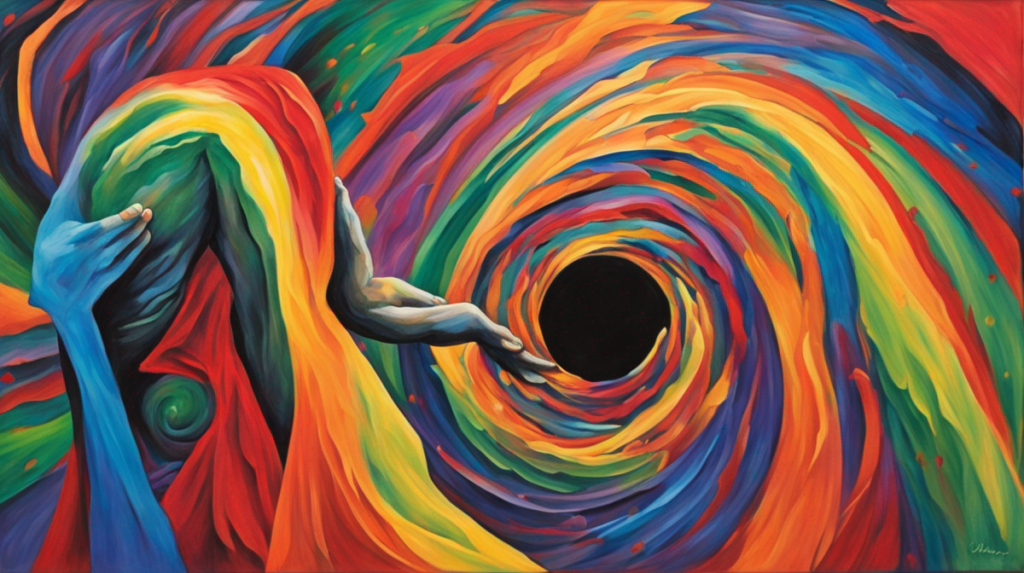Art Therapy, an expressive form of therapy, is rapidly gaining credibility as a form of mental health treatment. At its core, art therapy bridges the gap between emotional chaos and serenity through creative self-expression. This article delves into the power of art therapy, its benefits and methods, and offers insight into how you can incorporate art therapy into your well-being practices.
Understanding Art Therapy:
Art Therapy intertwines the therapeutic use of art and psychotherapy. Patients communicate their thoughts and emotions by creating art, often uncovering layers of their consciousness that words fail to portray. Art therapists are trained professionals who guide individuals through this therapeutic process, offering a safe space to explore personal challenges, express emotions, and confront traumatic experiences. Art therapy can be practiced in various settings, including hospitals, schools, wellness centres, and private practice.
The Healing Aspects of Art Therapy:
One of the core aspects of art therapy is its healing power. Engaging in the creative process itself can be therapeutic and cathartic. This therapeutic modality promotes self-discovery, fosters self-esteem, reduces stress, and aids in painfully expressing unarticulated narratives. Furthermore, a recent study published in the Journal of the American Art Therapy Association suggests that just 45 minutes of creative activity significantly reduces stress in the body, regardless of artistic talent or experience.
The Power of Art Therapy in Mental Health:
Art therapy is a powerful vehicle for addressing various mental health concerns. For those battling depression or anxiety, it provides an outlet for expressing and managing overwhelming emotions. In the realm of trauma and PTSD, art therapy helps individuals externalize their experience, reducing intrusive thoughts and flashbacks. For children and adults with Autism Spectrum Disorder, art therapy encourages social interaction and enhances communication skills. It can also be beneficial for individuals dealing with grief, substance abuse, and eating disorders.
Exploring Techniques and Methods in Art Therapy:
The techniques used in art therapy can vary greatly depending on the individual’s needs. Examples include painting, drawing, sculpting, collage-making, and more. The focus isn’t on the quality of the completed artwork, but rather the therapeutic journey of the creative process and the symbols and themes that emerge.
Incorporating Art Therapy into Your Healing Journey:
Professional guidance from an art therapist offers the essential tools to harness the therapeutic potential of creative expression. However, individuals can also incorporate elements of art therapy into their mental well-being routines independently. This could include journaling, doodling, painting, or any form of creative expression. Remember, it’s about the journey, not the end result.
The Controversy Surrounding Art Therapy:
Despite the documented benefits, some controversy surrounds art therapy. Critics question its efficacy compared to traditional psychotherapy methods. However, proponents argue that it offers a unique approach to accessing and addressing deep-seated emotional issues. More research is being undertaken to solidify art therapy’s effectiveness within the therapeutic world.
In summary, art therapy presents a unique and creative approach to mental health treatment. It encourages self-expression, promotes healing, and provides a pathway towards improved mental health and overall well-being.

